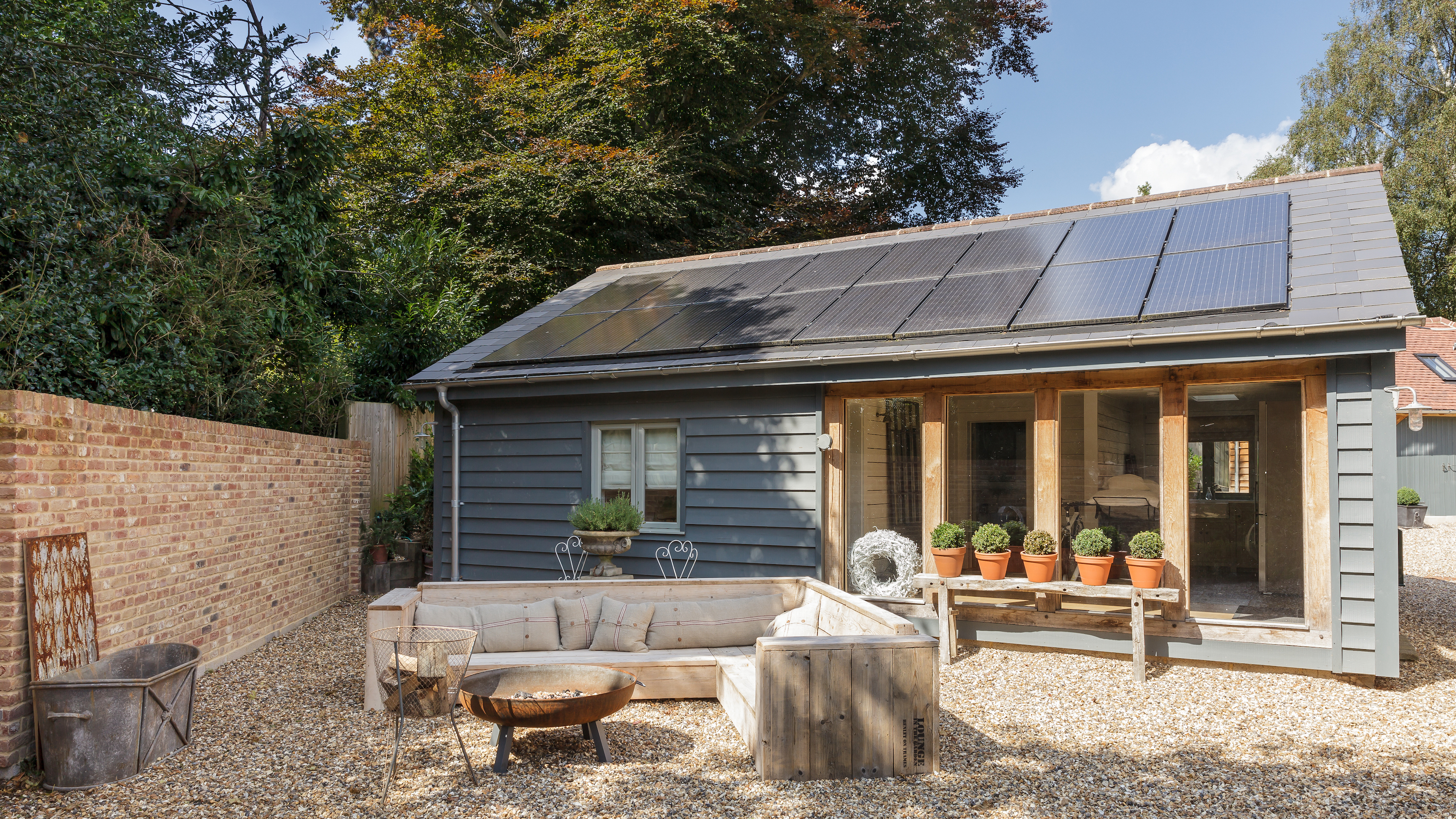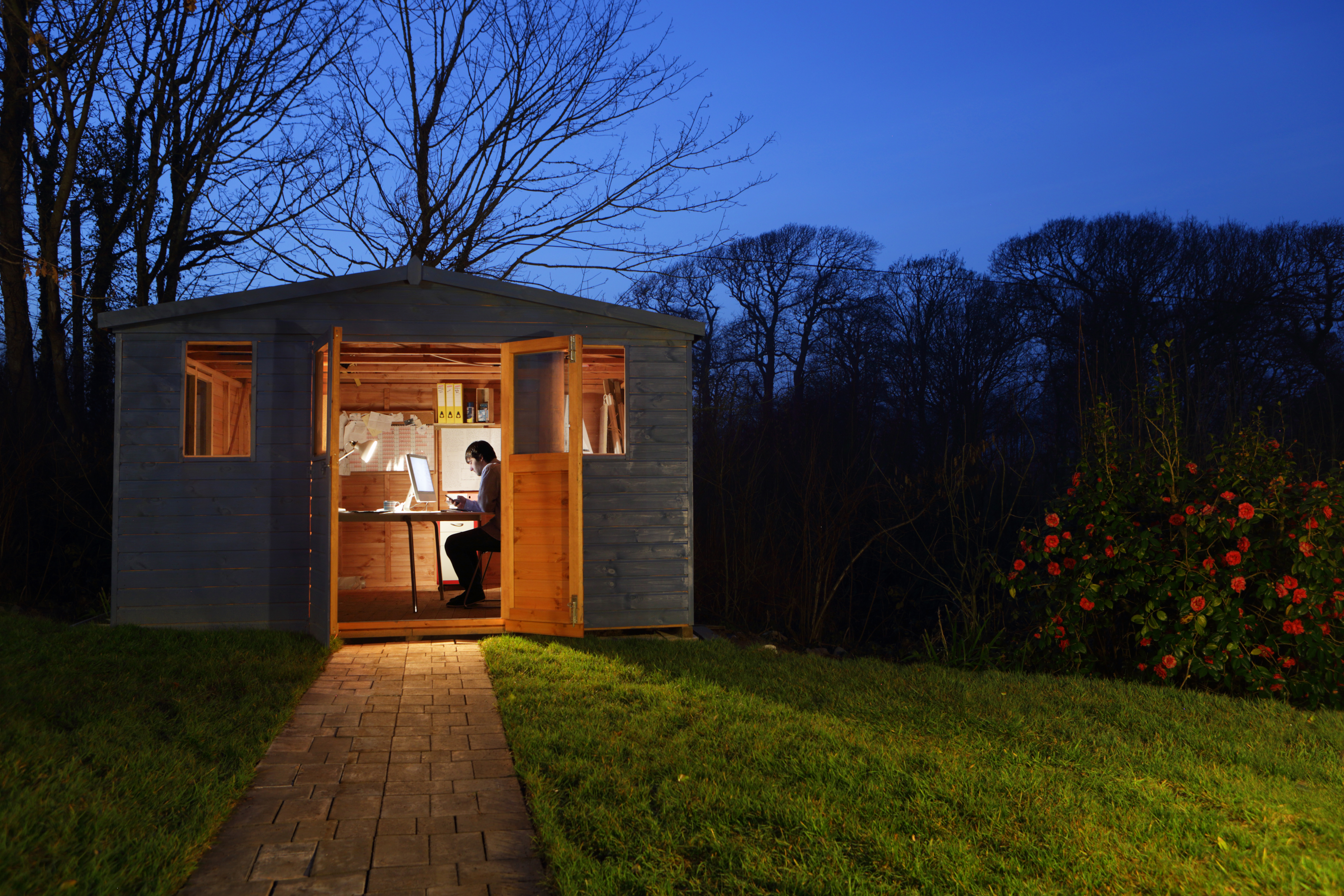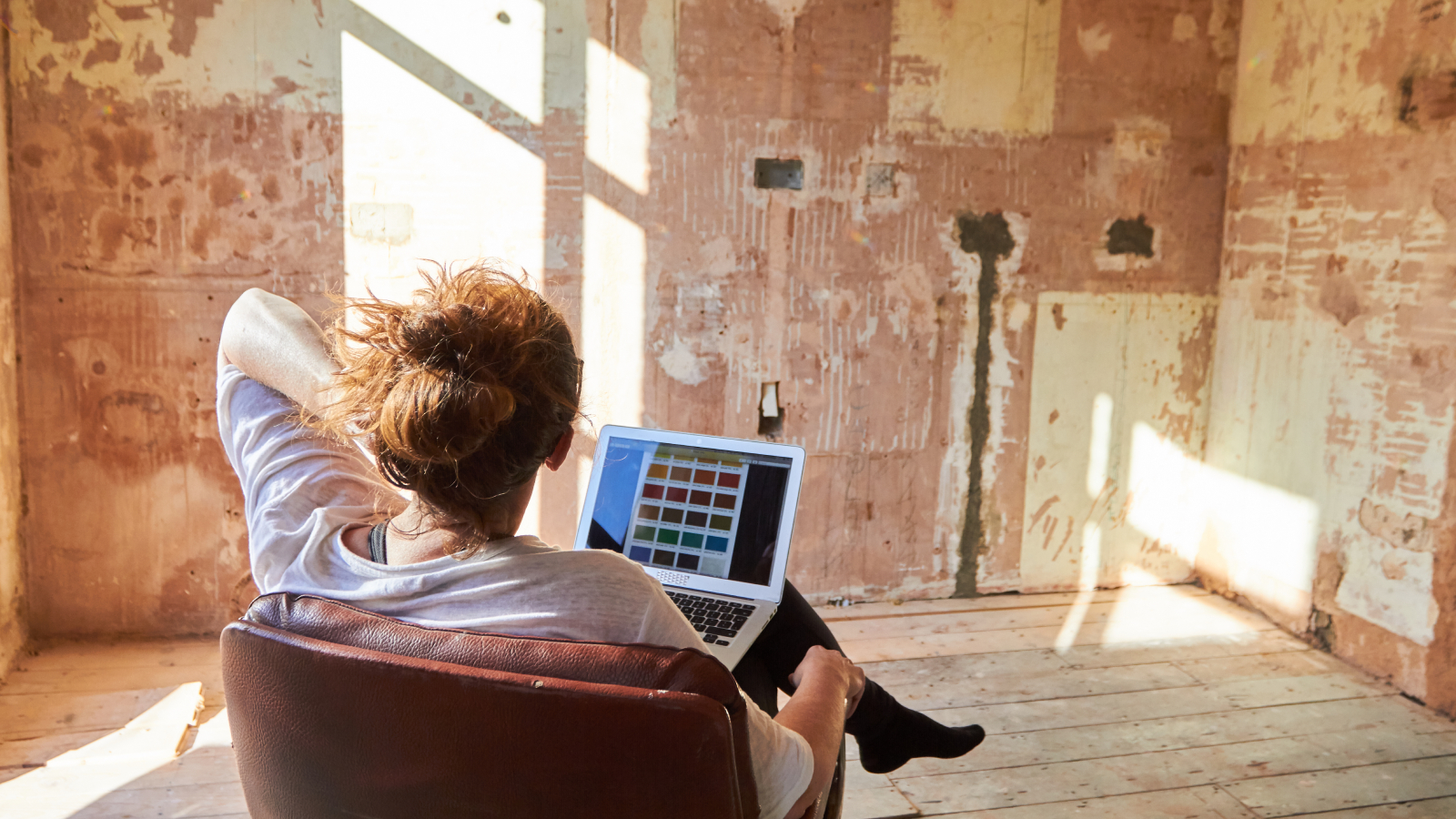Solar panels for sheds and other garden buildings, are they worth it?
Discover what you need to know about installing solar panels for sheds, garden offices and small cabins — including size, watts and DIY kits

Solar panels for sheds are a greener way to provide power to an outbuilding, without the often costly and disruptive process of channelling cables under the ground. Alternatively, they can potentially provide a home with solar generation if the main roof is unsuitable for installation.
Photovoltaic (PV) solar panels have been on the radar since the Feed in Tariff was introduced in 2010, and are again becoming popular as electricity prices surge.
We have seen the panels appear on many homes in every area of the country but there have also been some situations where the roof pitch or direction isn't right for installation or where the addition might be to the detriment of the aesthetic architecture or heritage of a property.
Below, we delve into how small-scale solar panels can be used to power sheds, as well as how an outbuilding's roof can be used to supply renewable energy to a home.
Can you put a solar panel on a shed?
Given the recent increases in electricity and energy costs many homeowners are now looking for alternative installation areas for grid-connected solar arrays and sheds are part of the mix.
Naturally the structure must be sound enough to take the increased weight of installing solar panels as well as any snow loads that may be imposed on it in winter, but it should also be robust enough to weather any potential wind lift as well.
For an application to supply green energy to a home, we are not talking about small sheds though — the average 16Amp installation would require around nine solar PV panels. Think more of garden offices or a workshop shed that is around the size of a single garage with a mono-pitch roof. Potentially being a non-permanent structure it can also be constructed so that the roof has a more south-facing orientation.
Bring your dream home to life with expert advice, how to guides and design inspiration. Sign up for our newsletter and get two free tickets to a Homebuilding & Renovating Show near you.
Adding solar panels which power the shed, is a different matter, however. They are generally smaller and often produce less power. If you will only be using the power to light a shed or outbuilding, they can be a good option, but for heavy-duty power tools or anything that requires substantial electricity, a grid system might be best.
What do I need to power my shed with solar?
For small sheds that have no electrical connection to the home, perhaps due to their location or the cost of running suitably protected cables to them, you may want to simply set up a small PV system with a rechargeable battery in order to provide basic lighting.
This type of system is usually bought as a complete kit and the lighting could be as simple as a set of garden lights to something with a bit more power so that you can actually see what you are doing in the shed. Anything more than this and you are looking at a system more akin to a campervan set-up with a basic inverter and energy management software.
Always make sure that tools and circuits that you plan to run in the shed are fully compatible with the load limitations of the battery and inverter (the device that converts the direct current (DC) in the battery to mains voltage alternating current (AC)).
You will need to plan what your requirements are going to be and then build the system to suit. The size and number of panels will very much depend on what you are connecting to and how much energy you require.
How many solar panels would it take to power a shed or outbuilding?
When designing a solar system for sheds you really need to understand the power of what you are trying to supply energy to. Many solar batteries do not like to discharge power faster than around a maximum of 1,500Wh. This will limit you to only running low power appliances such as lights, computers and small tools.
Any heating systems or larger tools may need another solution, particularly considering how solar panels work in the winter months.
Think about it this way, if you wanted to run a 1,000W electric radiator for one hour in the evening then you would need to charge the battery in the day to around 1,200W. If you had 1,200W system (three to four panels) on the roof then you may need to charge this for around two to three hours in peak summer to get that power, but you would not generate that in a whole day in winter.

Are small solar panels worth it for sheds?
By connecting an off grid system to your shed you may save money on cable and installation charges but you will have a less reliable power source and may need to invest in more batteries.
The product and installation cost of solar panels to power a shed will be minimal in comparison to digging up the garden to install reinforced cables run from the mains.
A simple lighting and power system can cost under £300 (like this one from Posh Shed Company) while hiring an electrician to wire a shed will cost significantly more.
However, if the solar panel system seems too good to be true then it probably is and in the long run it is probably best to try and get a grid connected system as it is more forgiving and also more versatile.
A grid tied system could also deliver energy to the shed / office but could also provide energy to your home if the shed / office is connected to the home electric circuit.
Do you need planning permission for solar panels on a shed?
Planning permission for solar panels is not often required on a non permanent structure as the structure itself may have been erected under General Permitted Development Order, also referred to as Permitted Development.
This does not mean that the installation does not need to comply with all relevant Building regulations and installation safety guidance.
When installing solar panels on a shed or garden office all the same rules apply as if you were installing on your home. The panels should face as much south as possible, all aspects of the installation of a grid system must be completed by suitably experienced competent persons and it is best to avoid any risk of shading on the panels.
Amy is an interiors and renovation journalist. She is the former Assistant Editor of Homebuilding & Renovating, where she worked between 2018 and 2023. She has also been an editor for Independent Advisor, where she looked after homes content, including topics such as solar panels.
She has an interest in sustainable building methods and always has her eye on the latest design ideas. Amy has also interviewed countless self builders, renovators and extenders about their experiences.
She has renovated a mid-century home, together with her partner, on a DIY basis, undertaking tasks from fitting a kitchen to laying flooring. She is currently embarking on an energy-efficient overhaul of a 1800s cottage in Somerset.

